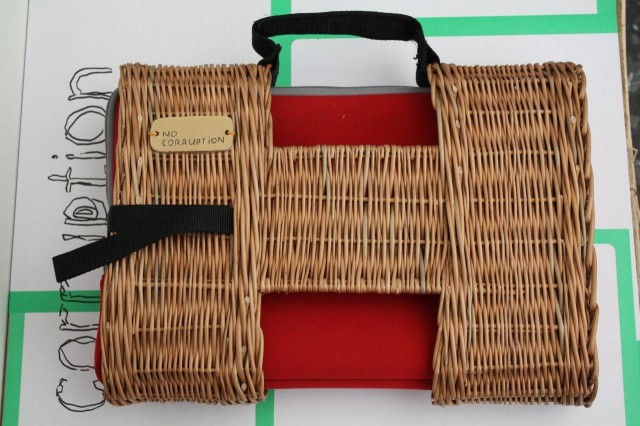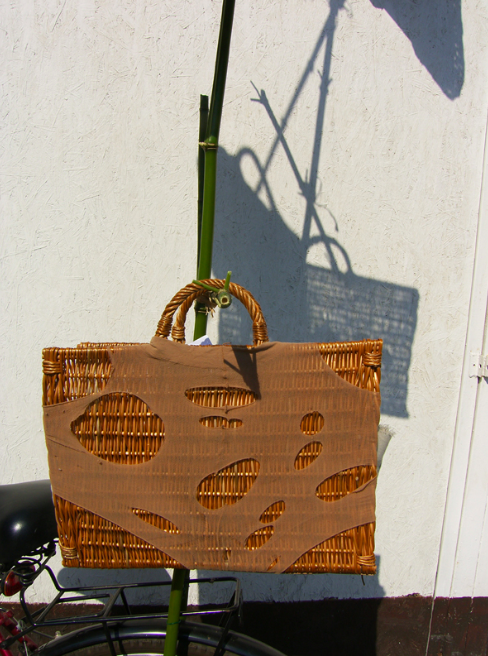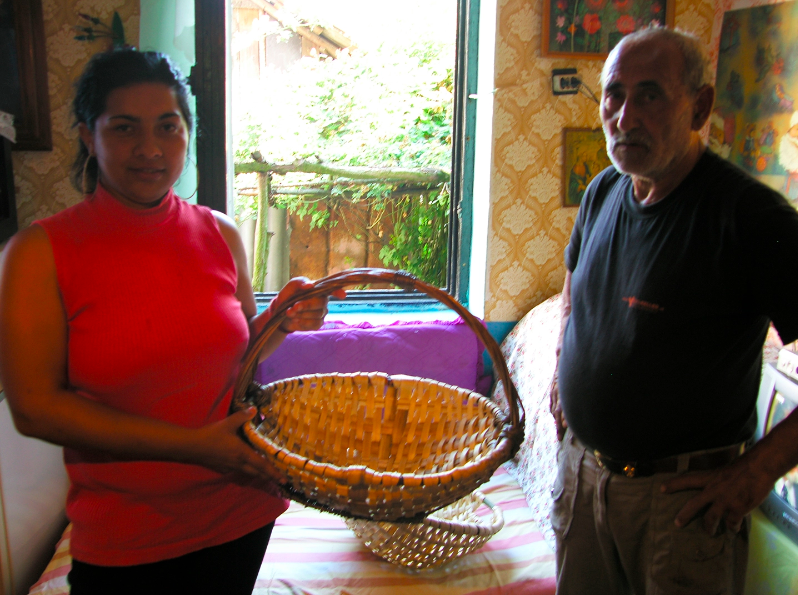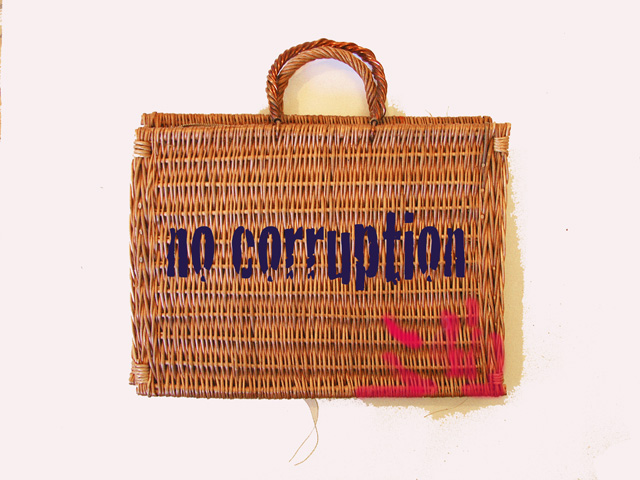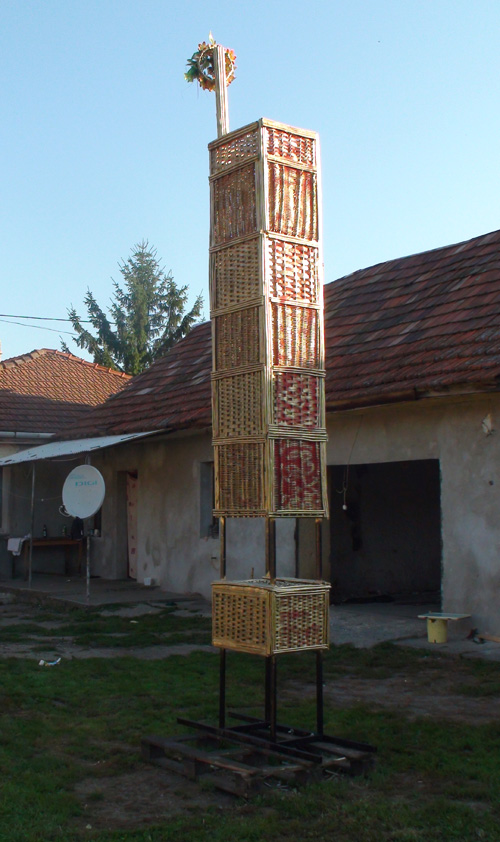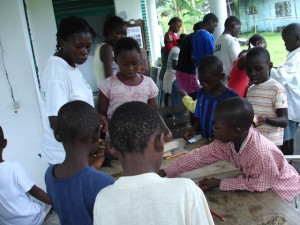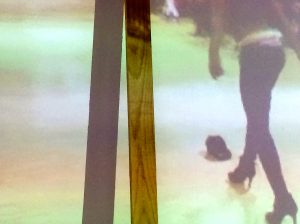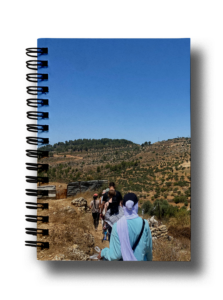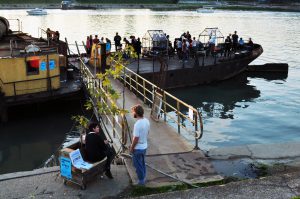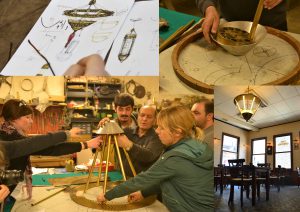Period
2009 - 2013
Proposed by
Anders Kreuger
Location
Szendrőlád (Hungary)
About the project
No Corruption was conceived as an international brand, producing functional objects based on wicker techniques and promoting the necessity of society to change. The products of the No Corruption brand demonstrate the high level and elegance of objects produced by the most discriminated people if they are given – for a short period – equal opportunities with middle-class people.
In Hungary, about 600,000 people belong to the Roma minority. Most of them live in deep poverty in small villages in eastern and southern Hungary, and one of their traditional handicrafts is wicker. The project would like to soothe unemployment, poverty and the psychological pressure of passivity caused by unemployment in a small Romany village in eastern Hungary in the forest of the Borsod mountains, called Szendrőlád. One of the traditional crafts of the village Szendrőlád is a special wicker technique. When I arrived in the village two years ago, the elder masters still knew the ancient and unique wicker techniques and a special wood chip braiding called szilács.
My starting point is my functional invention in the field of design: laptop bags and camera bags made of wicker. The idea was to bring together freelance artists, designers, scholars, and Roma basket weavers to work together in workshops and develop products. Many of us conceptual artists and designers in Hungary, so-called “freelancers”, were drifting into the poorest peripheries of society during the years of economic crisis, often without any income. At the same time, there was – and is – so much unused creative potential and knowledge. After the expulsion of Roma from France, a friend, a well-known designer from Paris, Matali Crasset, also joined one of our workshops in Szendrőlád to show solidarity.
Szendrôlád is a village positioned in the mountainous woodlands of northeastern Hungary. Here, the Roma weavers practice an ancient technique unique to Europe, known as wood-chip braiding. It consists of slicing black pieces of wood into ribbon-like strips, from which baskets are thus spun. Initially, these were the debris of the woodlands. While thick tree logs were used for industry and as fuel for the fire, members of the local Romungro Roma communities were allowed to collect twigs no thicker than five centimetres. The Romungro sliced these into thin strips, which came to define the appearance of their objects. Szendrôlád is the last village where the technique of wood-chip braiding was still practised in 2009 by a few senior practitioners, and one of the key missions of this project is to help preserve local heritage.
